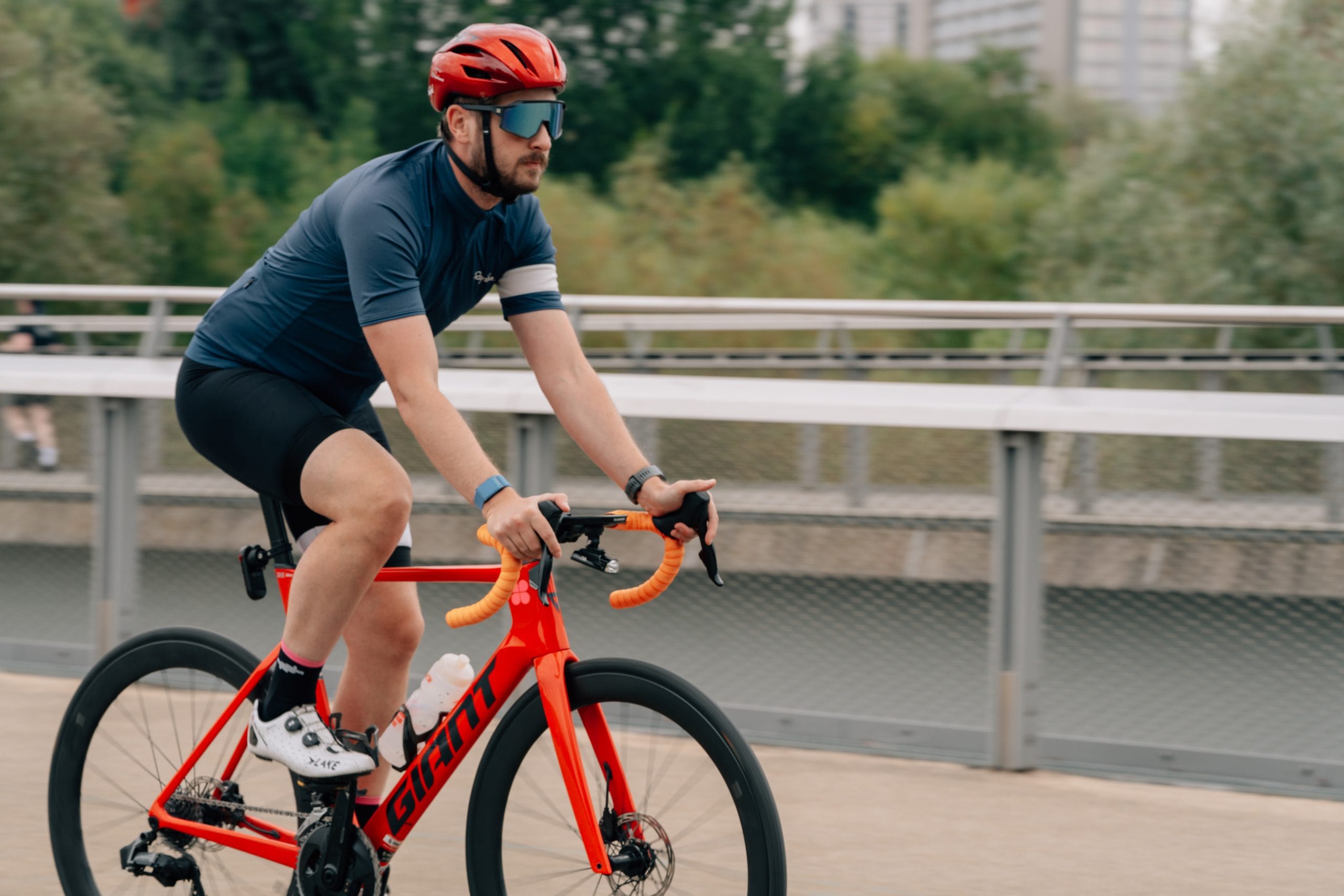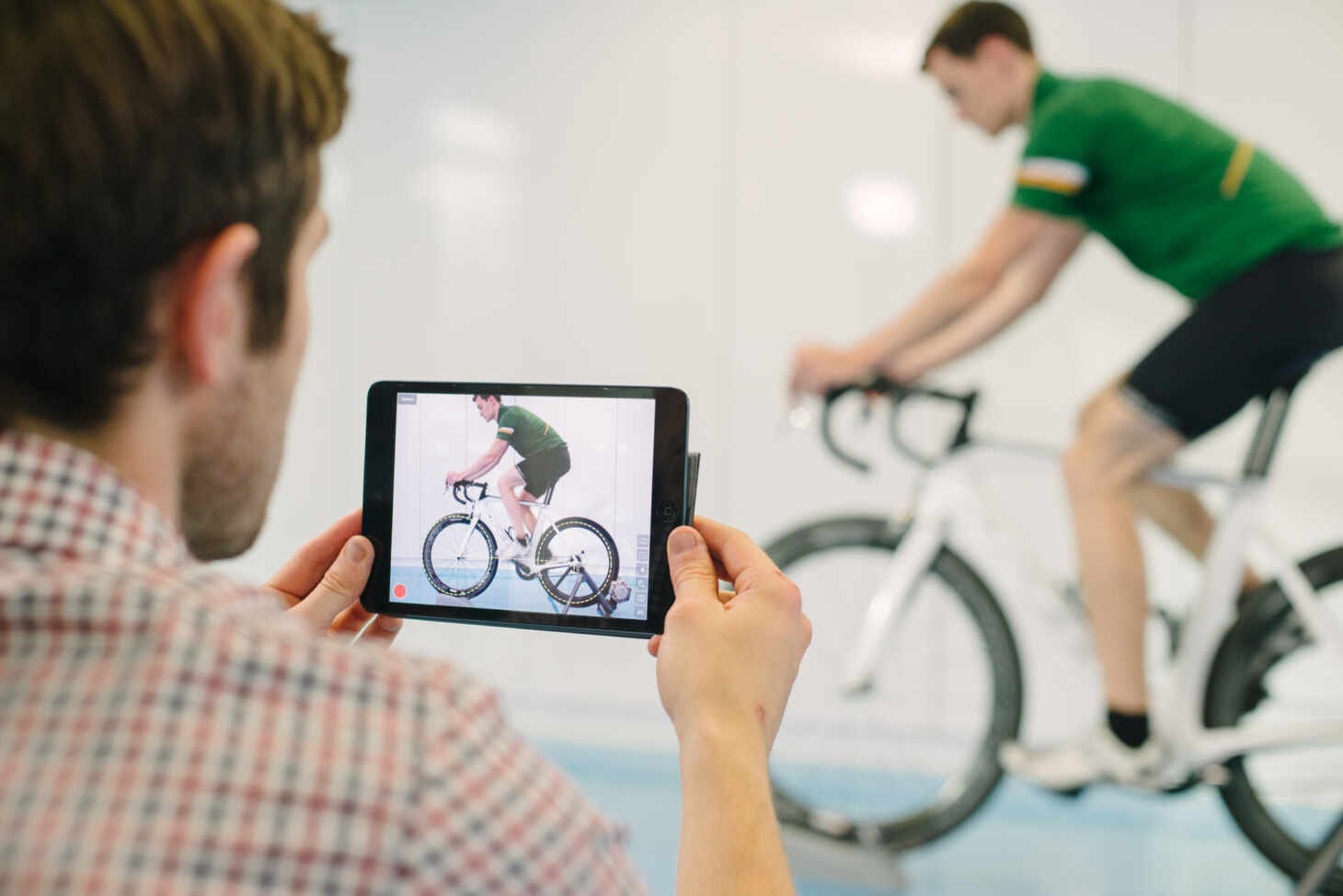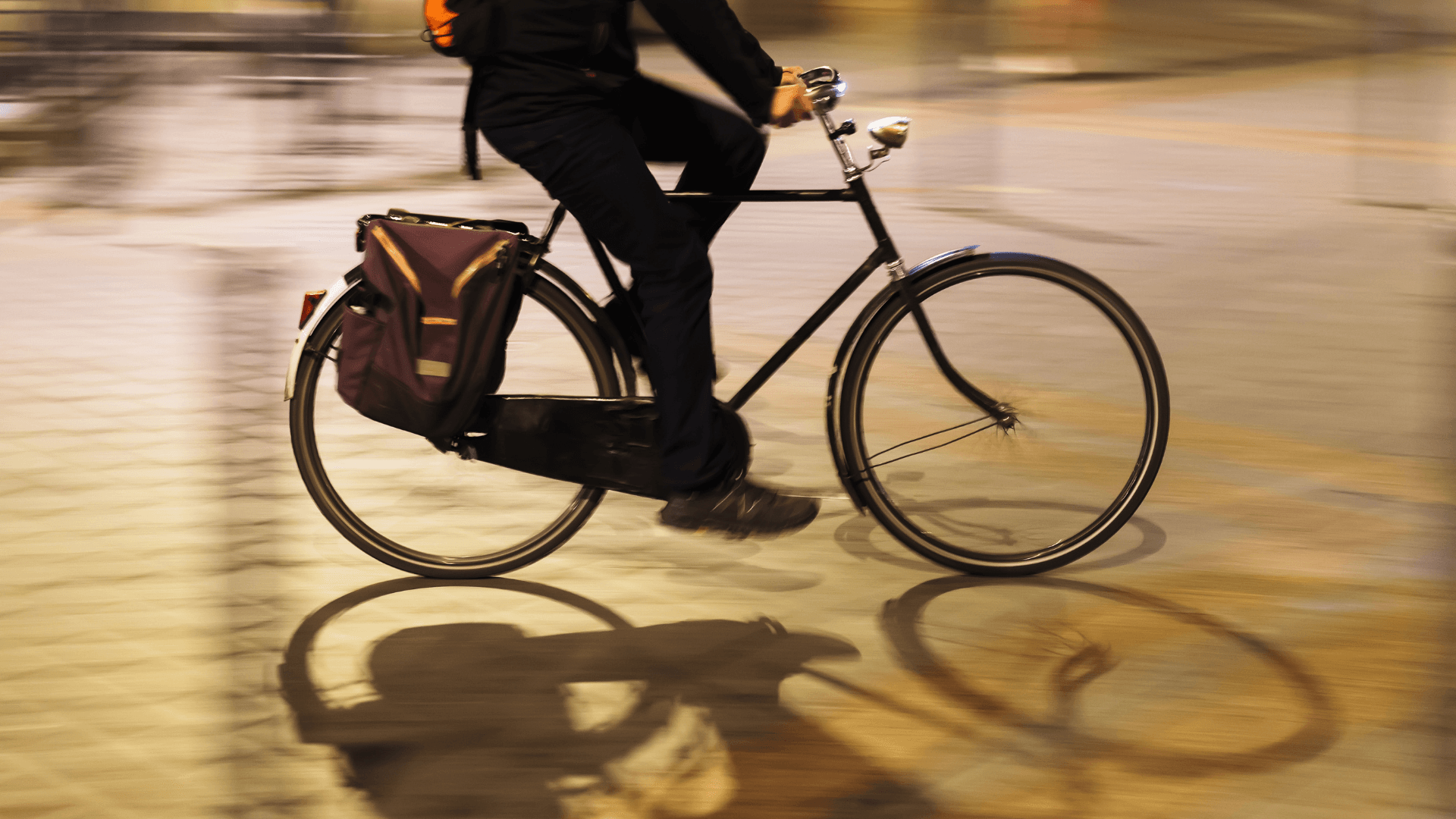How to Choose the Right Bike

Pure Sports Medicine
- 12 November, 2018
- Cycling
- 5 min read
Whether you’re getting into cycling as a beginner, upgrading your bike or just a regular rider, your bike fit needs to be spot on to be comfortable and get the most out of your cycling.

Obviously you can simply buy a bike and start cycling without a bike fit, however skipping it can lead to developing problems when you begin to up the miles.
The most common of these are:
- low-back ache
- saddle discomfort
- pain at the front of the knee
- pain in the neck, wrist and hand pain or numbness
If any of these sound familiar, this is your sign to book yourself a bike fit. If not, keep scrolling for more information and advice on selecting your bike!
How to Choose the Right Bike
There are a number of layers to this process and it can be daunting to know where to start. If you are buying your first bike it will start with considering the type of riding you are looking to do.
The main categories of bikes are:
1. Road bike
These usually have ‘drop style’ handlebars, narrower tyres and smooth tyres.
2. Mountain bike
Feature flat handlebars and range from hardtails to full suspension.
3. Hybrid bike
Also have flat handlebars, but a more upright riding position and wider tyres.
4. Time-Trial / Triathlon bike
Usually have the sleeker aero extension bars for a lower position.
5. E-bikes
These come in varying styles from hybrid to road with pedal assist motors.
There are of course many more such as Cyclocross, Track, Gravel, Adventure, Touring, the list goes on! For more specific advice, it’s always best to speak to a Bike Fitter directly.
How Do You Measure a Bike?
Regardless of the style of bike, there will be some consistent bike fit measurements that apply to all bikes, though it’s worth noting that for the same individual these can vary depending on the bike and type of riding. You need to consider these main elements:
A) Stack
B) Reach
C) Saddle Height
D) Reach
E) Stem Length
If you are buying a new bike perhaps the easiest and most informative measures to focus on are Stack (A) and Reach (B).
These measurements allow you to see the overall size and set up of the frame, which will be consistent across different frame geometries.
You can use the ratio of Stack / Reach to get an idea of what the ride characteristics of the bike will likely be. As a guide:
- > 1.55 – more comfortable upright position, less flexible rider
- 1.45 – 1.55 – balanced between lower front while not an all-out racer
- <1.45 – quite low front end, requires a more flexible rider or racer
How to Fit a Bike
Once you have your bike, which is hopefully in the correct size for your body frame and riding style, it’s time for the all important bike fit!
The difference between bike sizing and bike fitting is that you are now dialling in the position of the key contact points:
- saddle (height, setback, angulation)
- handlebars (stem length, angulation, height)
- shoe/cleat position (if used)
The process should take time – about 2 hours to be precise – and include lots of careful observation and continuous rider feedback on how the changes are affecting them. But if you love cycling – and at this point we know you do – you won’t mind talking about it for a couple of hours!
To measure everything that needs to be measured, there are many different fitting systems or indeed fitting tools that can range from the simplistic to 3D motion capture tools. Here are some examples:
Static
In this fitting process, a plumb bob and goniometer (used to measure static joint angles) are used at specific areas and positions of the pedal stroke that follow a prescribed recommendation for various joint angles and distances.
Inevitably this can fall far short for a number of reasons. It does not take into account individual restrictions that an individual may have, for example from a previous injury, and it doesn’t take any cues from active movement on the bike and as such is not very informative of how the rider actually interacts with the bike when they are pedalling.
2D Video Analysis
This is becoming increasingly popular and has many useful applications.
It can be set up quite easily on a smartphone or tablet and allows for a good way to feedback information to the rider about certain attributes of their position. It also allows for angles to be assessed during dynamic movement, which is far more representative of how the rider and body will interact with the bike.
However, there are questions over its accuracy in measurement and indeed it is limited in that it only looks at movement in one plane. If it is solely relied upon for the fitting process then the fitter will be looking to achieve pre-determined angles that may not bear resemblance to the individual rider.
3D Motion Capture (e.g., Retul)
This is seen by many as the gold standard due to its unparalleled ability to record movement in multiple planes while also monitoring dynamic joint angles.
This information can be extremely informative and guide your clinician to achieving a fit within set recommended parameters. The more experienced fitter will use the information to help inform rather than to decide ultimate position.

We employ a fitting system that allows a rider led, feedback-driven structured process to ensure the fit is right for them.
We use various elements of the above systems so that there is a balance of objective data, subjective impressions and individualised solutions to achieve an optimal outcome. This new bike fit then needs to be trialled in the real world with some outdoor riding.
A bike fitting should not be seen as a one-off stand-alone event but rather a process that needs to evolve over time as the rider changes. For example, if a rider’s goal is to achieve a more aggressive aerodynamic position this may need to be done in stages as the rider’s body adapts alongside some off the bike exercises to assist the changes.
This is where having a physiotherapist lead the process can be crucial as the advice will cover both the bike fit changes but also the necessary off-bike training.
What Can I Expect From a Bike Fit?
Here is a summary of the bike fitting process, which we also refer to as Clinical Bike Fit Assessment, that you can expect in our clinics. Or keep scrolling to watch how it’s done!
- Full history and medical examination, and movement screening
- Cleat & shoe set up
- Saddle height set back configuration
- Handlebar set up including drop, reach and bar type/width
- Video capture (as required)
- Rider-specific rehab programme to address any weaknesses/limitations
- A complete report of pre-fit, post-fit measurements and recommendations
- The 3-month re-fit
After a bike fit we can assure you that you will feel more comfortable on your bike, perform to a higher standard – if that is your goal – and ultimately know more about yourself, your bike and what you want to get out of cycling.

Advice
Over the last 20+ years our experts have helped more than 100,000 patients, but we don’t stop there. We also like to share our knowledge and insight to help people lead healthier lives, and here you will find our extensive library of advice on a variety of topics to help you do the same.
OUR ADVICE HUBS See all Advice Hubs